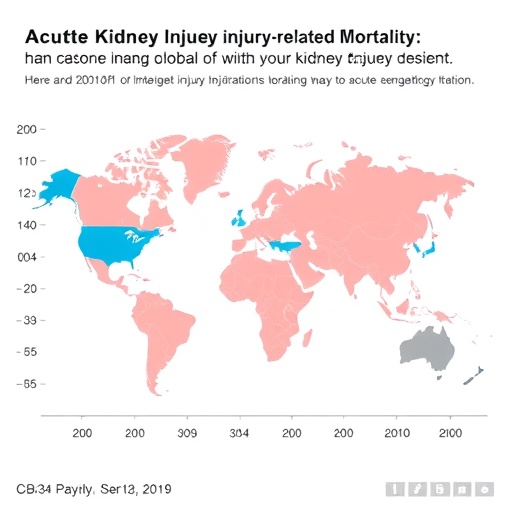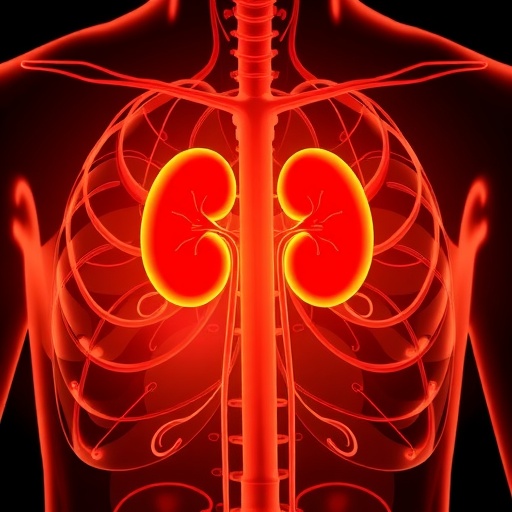Credit: Washington State University/Ross-Elliott et al. eLife 2017;6:e24125
PULLMAN, Wash. – Almost every calorie that we eat at one time went through the veins of a plant. If a plant's circulatory system could be rejiggered to make more nutrients available – through bigger seeds or sweeter tomatoes – the world's farmers could feed more people.
Washington State University researchers have taken a major step in that direction by unveiling the way a plant's nutrients get from the leaves, where they are produced through photosynthesis, to "sinks" that can include the fruits and seeds we eat and the branches we process for biofuels. The researchers found a unique and critical structure where the nutrients are offloaded, giving science a new focal point in efforts to improve plant efficiency and productivity.
"If you can increase the sink strength by 5 percent, and you get 5 percent more product, you'd be looking at a multibillion dollar market," said Michael Knoblauch, a professor in the WSU School of Biological Sciences.
Determining where nutrients land
Knoblauch last year capped two decades of work on a plant's inner workings by publishing in the journal eLife the strongest support yet of an 86-year-old hypothesis of how nutrients move through plants. The current research, also published in eLife, expands on this by looking at where the nutrients end up and how.
"What we eat is mostly fruits, roots and seeds, cereals and so on," said Knoblauch. "And all this stuff is not at the place of photosynthesis. It's at the place of unloading. So all the sugars and everything that is generated by photosynthesis are basically translocated to these so-called sinks.
"The unloading mechanism is a very important step because it determines how much a specific sink gets," he said. "So if we are able to modify the so-called sink strength, we can basically modify what fruit or root gets more."
Videos show nutrients unloaded
Knoblauch, then-doctoral student Timothy Ross-Elliott and other researchers from WSU, Denmark, the United Kingdom and Delaware analyzed Arabidopsis, a mustard plant and model organism, using non-invasive imaging, 3-D electron microscopy and mathematical modeling. They produced a suite of remarkable videos showing growing roots and fluorescently tagged solutes and large molecules moving through the phloem, the tissue that transports plant sugars, and getting offloaded to neighboring cells.
They discovered that the phloem unloads through convection, a combination of diffusion, the movement of sugar solute from areas of high concentration to low, and bulk flow, in which both a solute and solution are transported. Facilitating the process are plasmodesmata, pores connecting neighboring cells.
They also saw for the first time unique structures called "funnel plasmodesmata." They measure only 300 nanometers across – 3/10,000ths of a millimeter and the wavelength of ultraviolet light. Despite their size, the funnel-shaped pores have 1/400th the flow resistance of an ordinary pore and can release large proteins in discrete pulses, which the researchers call "batch unloading."
Targeting sinks to draw more nutrients
Their intimate knowledge of the plant's circulatory system gives the researchers new insights into what structures might be targeted to increase the ability of a fruit or root to draw nutrients, said Knoblauch.
"It's a beautiful, elegant system," he said. "The more you pull out, the more you get. So if we are able to increase the sink strength of a specific sink of interest, then we can draw to this sink more nutrients of interest. If we want to make a tomato fruit a stronger sink by modifying phloem unloading, we draw more of the nutrients to the fruit and make more fruit product."
###
Media Contact
Michael Knoblauch
[email protected]
509-335-3052
@WSUNews
############
Story Source: Materials provided by Scienmag




